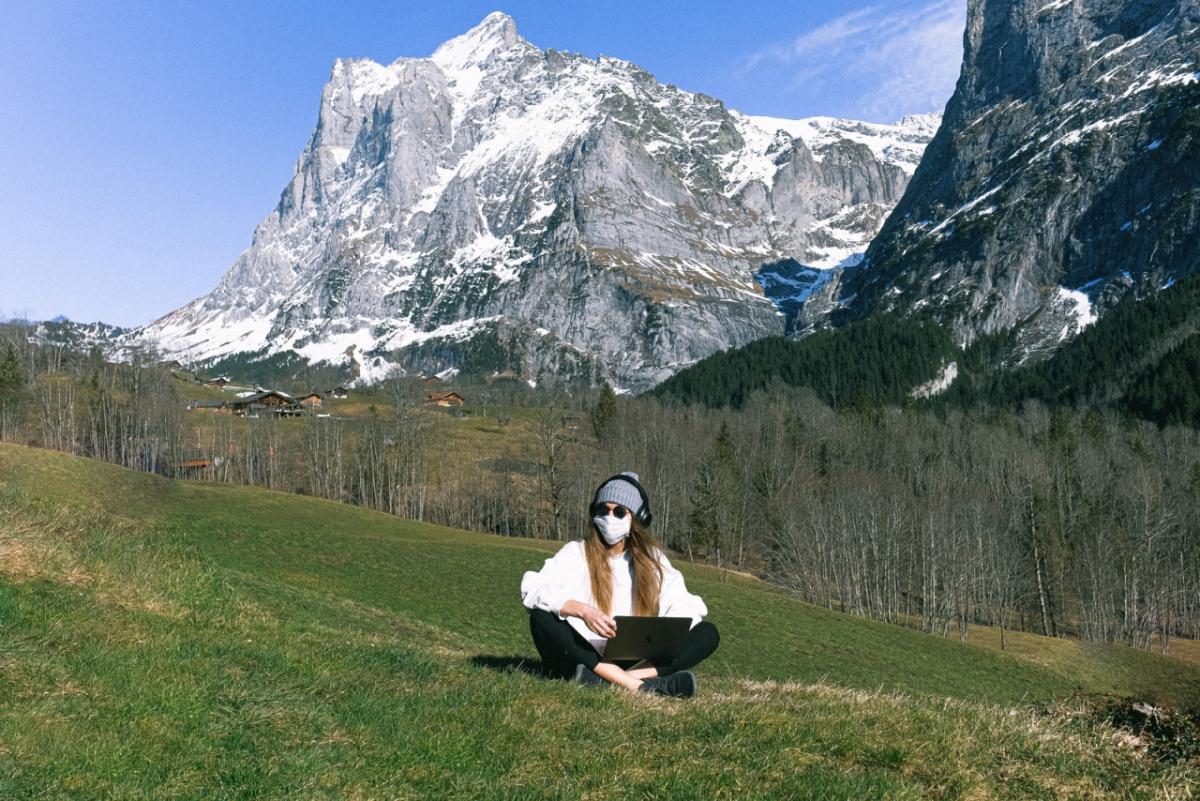Ecocentricity Blog: COVID-19
By: John A. Lanier

I’ve never been less sure about what I should write. Ecocentricity is meant to be an environmental blog, but the entire planet is dealing with a pandemic right now. It seems pointless to write about plastic pollution or biodiversity loss while the COVID-19 virus is wreaking havoc. I’m also hesitant to just write about the virus – that isn’t my field of expertise and it’s not the point of this blog.
But I’ve decided to make an exception this week. The reason is simple – I’m an environmentalist because of my love for humanity, and the actions that we all take now in response to this virus can save human lives. That’s why I want to share why our family has decided to engage in strict social distancing.
First, some disclaimers. I know that everyone’s circumstances are different, and many are much more daunting than ours. Not everyone can afford to social distance, and I understand that. Also, I’m not here to cast blame. As recently as this past Saturday, my wife and I took our kids out into public gathering places. We should have started social distancing sooner and we didn’t, so I don’t have any stones to cast.
Ultimately, I was convinced that staying home (with very limited exceptions) was the right thing to do. What finally convinced me was reading this Washington Post article about a contagion simulation that shows mathematically what social distancing can do.
Before I go on, I urge you to read the article yourself. Take plenty of time with it. The graphics are critically important to understanding the article, so familiarize yourself with what they are showing. And because I think it’s so important for you to read that article, I’m going to just hyperlink to it again. Click here!
This shows how significantly social distancing can limit the spread of a disease. The more people who do it, the slower the disease spreads (i.e. the curve gets flattened). If we flatten the curve enough, it means our hospitals won’t be overrun with patients in need of care. It doesn’t matter that most people suffering from COVID-19 won’t need hospitalization. Enough of them do, which means we really need to contain the virus such that our hospitals have enough life-saving capacity to go around.
Maybe you are young, healthy, and not scared of something with symptoms in the same ballpark as the flu. To that, I’d ask you to consider the most important question here. It isn’t “will I get sick?” The most important question is “will I get someone else sick?” As the article shows, it’s the dots that move around who infect the most people. Since we can spread COVID-19 even when we don’t know that we have it, we present a tremendous risk to others by not practicing social distancing.
Seeing those dots on my screen finally helped me see the bigger picture. Because my family has the ability to confine ourselves to our home (professionally, financially, emotionally), I came to see that we had a moral obligation to do it. Others may not have that ability, and I totally get that. As the article shows, just going from 75% social distancing (what they call moderate) to 87.5% (what they call extensive) makes a huge difference. Ideally, everyone who can isolate themselves should. I merely ask you to consider this question in the context of you and your family’s circumstances.
Ray Anderson often talked about the power of one. In this case, my family and I are exercising our power of one by choosing to be a little dot that doesn’t move. It’s a small sacrifice for us to make, so we are happy to make it. Stay safe out there everyone, and I wish all of you good health in this difficult time.
This blog is available weekly via email subscription. Click here to subscribe.

